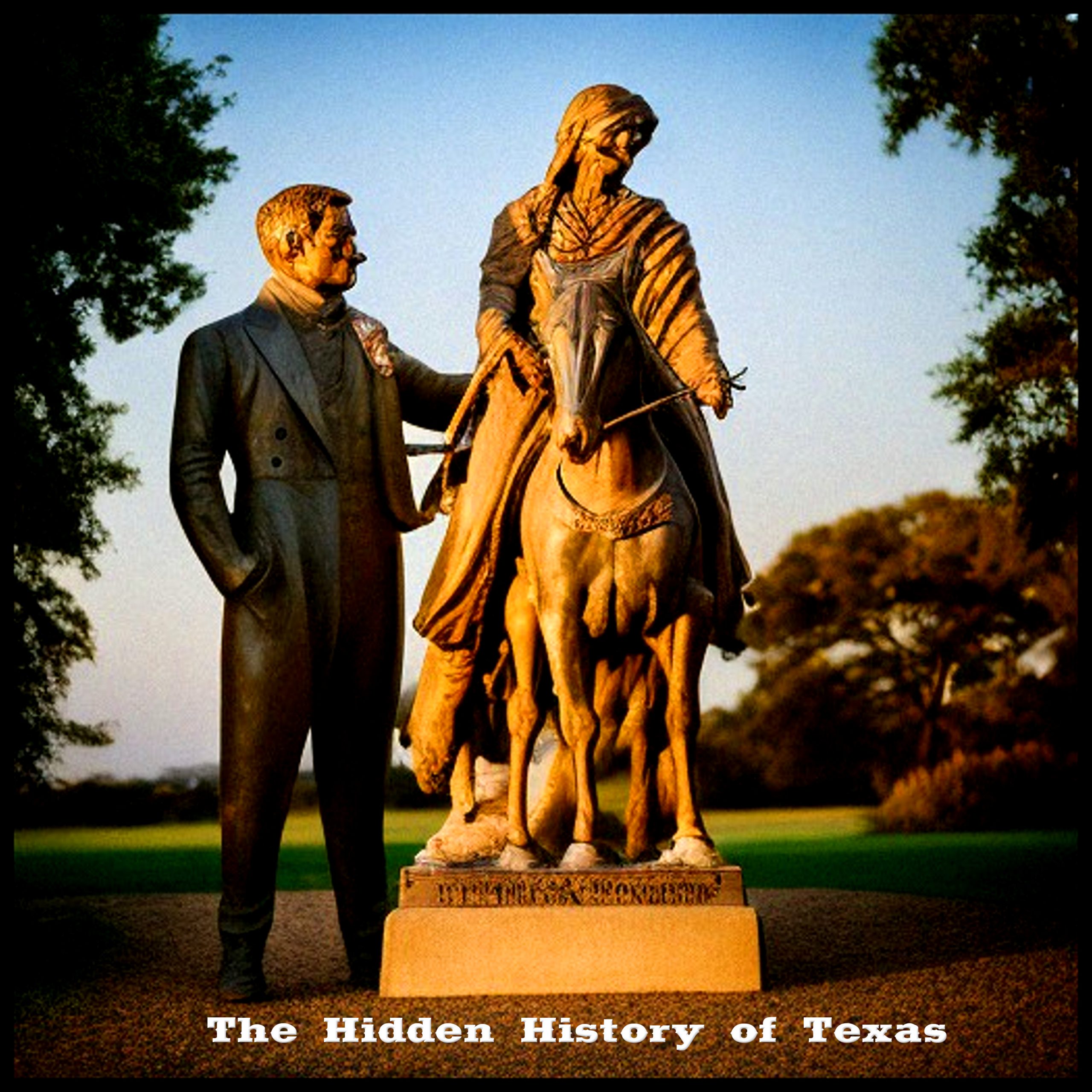Episode 29 Los Tejanos
Episode 29 (Los Tejanos) In Today's episode I want to discuss Los Tejanos. In previous episodes, I’ve discussed the battles that took place Gonzales, Goliad (La Bahia), and the Siege of Bexar (or San Antonio) which took place from October through December of 1835. After the siege of Bexar Texans are in control of San Antonio. Today before I delve too deeply into the actual battle, I want to talk about a segment of the Texas population that played a very important role in the revolution, los Tejanos. Who are the Tejanos? Simply put they are Mexican Texans; they are the descendants of the Spanish who first colonized Mexico and then moved north into Texas. Through this period they were Mexican citizens. And just as it was among the Mexicans living South of the Rio Grande, there were those who supported the strong central government of San Anna and those who opposed it. They wanted more autonomy for what was then known as the Mexican state of Texas. In that respect, they were very much like the Anglos who were very early settlers. Those very early Anglo settlers were quite different from the ones who flooded in during the 1830s. The majority of these later Anglos came from the deep south and they held the same prejudices as most of those in the south. Regardless of that, and I will talk more about the divide between the races and ethnic groups in later episodes, both the siege and battle of the Alamo involved a considerable number of Tejanos. They served as defenders, couriers, and noncombatants. In fact, the vast majority of survivors of the final assault in the early morning hours of March 6, 1836, were Tejanos. There were some Tejanos who participated in the events of the siege and final assault as people loyal to the federal government, either as government officials or members of the Mexican military. There is no way to give an exact number of Tejano defenders, in spite of folklore and Hollywood, there is also no way to give an exact number of Anglo defenders. Why is this? Because there no battle muster rolls and casualty lists, therefore, historians have had to rely on a wide variety of sources to arrive at some idea of a total number of defenders. The problem is exacerbated in the case of Tejanos, because some sources completely dismiss them. An example of this is, William Barret Travis’s letter of March 3 to the president of the Convention of 1836, in which Travis stated that the citizens of San Antonio were all enemies, except for the ones who entered the Alamo with the Texians, and that there were only three “Mexicans” in the fort with him. However, after examining the available reliable information, scholars have compiled a much longer list of Tejano participants. This includes events beginning with the arrival of the Mexican army on February 23, 1836, through the final assault on March 6, 1836. In fact, Juan N. Seguín, the senior Tejano military officer, and who the city of Seguin is named after, entered the Alamo with other defenders on February 23. This troop included, approximately fifteen men, most of whom left sometime after Seguín himself was sent out as a courier on February 25. Also entering the Alamo on the first day were Carlos Espalier, Gregorio (José María) Esparza, and Brígido Guerrero, the latter a Mexican army deserter who, like Espalier, appears to have been among James Bowie’s men rather than part of Seguín’s command. Along with Espalier and Esparza, the other Tejano defenders recognized as having died in the final assault include Juan Abamillo, Juan Antonio Badillo, Antonio Fuentes, José Toribio Losoya, Andrés Nava, and Damacio Jiménez (Ximenes), whose death in the final assault was only discovered in 1986. San Antonio resident Pablo Díaz, who would have been twenty years old at the time of the battle, claimed in a 1906 newspaper interview that he saw the body of one other Tejano defender, a man he identified simply as Cervantes.

